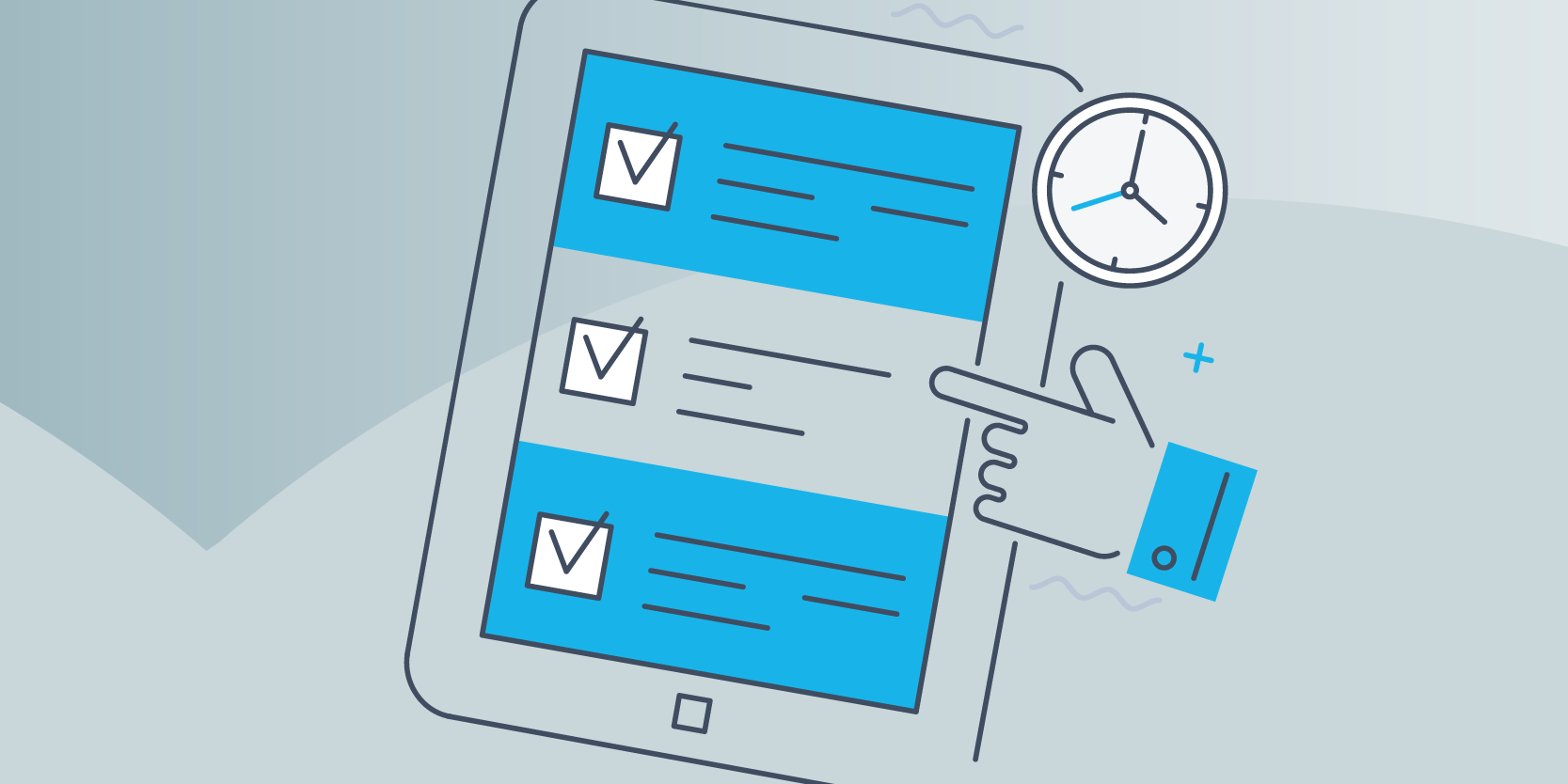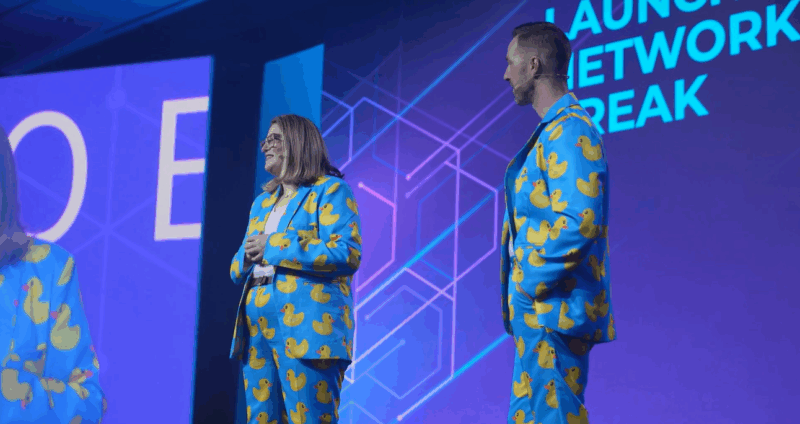What to Expect From a Modern CIS
 Maureen Coveney Bolen
Maureen Coveney Bolen

Customer experience is on the move…literally! The boundaries of Customer Information Systems (CIS) are extended to include customer self-service, field service, and sales of new products and services. Utilities are seeing this transformation as they begin their CIS upgrade or re-platforming journey.
In this context, customer experience includes all phases of the customer journey, from the inception of need (“can I solve this on my customer self-service app?”), to interactions with the utility team members who help address needs, to the service performed at a business or home.
In fact, the definition of success has moved from a contact rate – where lower rates of interactions and on different channels is considered “good” – to measuring what each part of that experience feels like for each customer.
What does that mean, practically speaking? It means that your new, modern CIS must:
- Perform better than your old CIS
- Offer a connected field experience
- Offer and bill for the new products and services
- Generate the potential revenue growth
- Provide frictionless digital experiences throughout the customer journey
Not only must the CIS of today meet or exceed these requirements, it must also be a pleasure to install, and offer a manageable total cost of ownership compared to the CIS of the past.
Exceptional CX Requires a Comprehensive and Connected Model
A leading analyst firm suggests that the way to accommodate these many aims is to adopt a solution that offers a robust process foundation with the ability to readily and rapidly adapt to the competing demands of its many customers—residential, commercial, industrial, builders, landlords, regulators, and agencies. It’s a great idea, but can you really expect to find all of this in a single platform?
Let’s start with what it would take to get there. At the very least, the solution would need to deliver the following capabilities or attributes:
- A proven process foundation
- Happier customers
- Excellent employee experience
- Work/life balance during the implementation
- Modular and agile delivery via a secure cloud
- Affordability
A Proven Process Foundation
Consider this broad range of organizations: single commodity utilities, multi-commodity utilities, utilities that operate in deregulated or partially deregulated jurisdictions, and those that will invest in AMI to support sustainable, more efficient operations.
What do all of these have in common? They all service their customers, bill for those services, manage financial transactions, implement credit and collections, and perform field operations. In short, they all do the same things at least part of the time.

Can they execute these things in the same way? They can, with a preconfigured and proven process foundation. The smart bet involves leveraging a solution that comes with the base processes that are predefined, preconfigured, and tested by other utilities.
Why? It focuses the team effort on the things that will truly differentiate your enterprise from others, without increasing the total cost of ownership for the solution. And it ensures buy-in for the final solution because the upfront delivery includes an important change management question, “why won’t this work for you?”
Together with an engaged customer service organization, this proven process foundation delivers on the CIS/contract center wish list—reduction in average handling time (AHT), an increase in first call resolution (FCR) rate, increased containment, and a concurrent enhanced customer experience (CX).
And there’s an additional benefit to your utility: some VPs of customer service, CIOs, and CTOs say it increases customer loyalty. Your customers are more likely to buy into technology investments that better serve their communities. These same stakeholders say that increased loyalty will spur utility customers to explore new products and services that are sold and delivered by their utility — and this is true even for regulated utilities! That is a somewhat unanticipated but entirely welcome benefit resulting from getting the modern CIS done right.
Now, what should your team members expect from their modern CIS?
Inspired by the use of banking apps, retail apps, travel apps, and social media apps, utility employees now expect a pleasing technology experience. They don’t want to flail at their work locations trying to find the printed manual that is obsolete from the moment IT deployed the new CIS to the production landscape. They don’t want to “phone a friend” to get insight on how to complete a transaction. And they most certainly don’t want to speak to the help desk!
A modern CIS should work like an app, guiding you through that process with helpful information as we move through each step
Today, we pick up apps and just start using them. Sure, the enrollment in the budget billing process may require a little more instruction than that. But once we have completed the in-app training and confirmed our understanding, we should expect to be able to readily complete the enrollment process the very next time we engage in the activity. And why not? Our CIS “app” should guide us through that process with helpful information as we move through each step (for example, “don’t forget to click here and tell us how many months the budget will span”).
Gone are the days of multi-week training sessions prior to go-live. Say hello to a modern CIS that creates memorable, meaningful content that is pleasing to use and puts it at the users’ fingertips within the app.
Relevant and role-specific embedded training allows users to learn without having to leave the application, thereby increasing productivity by providing real-time support in the moment of need. This allows utilities to dramatically cut down on training time and increase effective user adoption rates from a typical 20% to 72% and recognize success faster.
And these same utility employees want to know how the implementation lifecycle will work. What should they expect then?
Work/life balance during implementation
Our team members have adapted a lot during the pandemic and the questions they now ask as soon as possible during a software selection process are: “What is this going to feel like for me? How much time will you need during my work week? Will I have to work on the weekends?” The clear mandate is for “managed change” that may require a small extra commitment during certain parts of the project but won’t fatigue the team throughout the process.
A modern CIS takes into account the way adults manage change and starts to manage those expectations from day one using in-app support and messaging to help reduce “change fatigue.”
So how do we accomplish that?
Modular, agile delivery via a secure cloud
The neat thing about technology? It evolves! The App Store experience that we take for granted is available to large, complex solutions like a CIS.
Gone are the days of long waterfall implementations that steal your soul and result in a solution that wasn’t what you expected and fell short of meeting your needs. Now we can transport the preconfigured app to your secure private cloud and you can start using it on Day 1 of the delivery program.
For those of us who still bear a few implementation scars from the late ‘90s/early ‘00s, this is mind-bending. Moving and transforming data from legacy to the new apps now takes one-third of the time, meaning we can move your data to your new CIS on Day 1 too. From implementation to daily use, the modern CIS is easy and affordable, comprehensive and connected.
Happier Customers
It might not seem like a fair comparison, but best-in-class online experiences like Amazon and Uber have become the new standard for delighting utility customers. Fortunately, the modern CIS seamlessly integrates with platforms that take all consumer concerns and expectations into account, delivering a comprehensive experience from end-to-end. By placing a special focus on critical touchpoints where customer satisfaction is most at stake, utilities can better engage their customers and transform their relationships.
The process of receiving bills and making payments, for example, is an often-frustrating experience endured by every utility. By integrating with the right payment solution, utilities can transform this contentious customer interaction into an effortless experience – and even create an opportunity for increased self-service.
For your team, that surplus of happy customers means fewer phone calls with questions and complaints, freed up time and resources for increased productivity, and generally higher morale – all by offering the same level of ease customers are used to receiving from other day-to-day digital experiences.
The modern CIS should offer a connected field – with simplified and integrated capabilities for the field, provides real-time visibility for customer service, and ultimately creates a much better experience for customers.
This may all seem wonderful, but what does it cost?
Affordability
Your business case for your new CIS should make sense to your utility. Does 25 cents per customer per month seem unreal? It’s not. And a deployment cost in the range of $15 to $25 per customer is also achievable, if you choose a preconfigured solution.
This is a cost range that most utilities can afford. With the benefits delivered via your proven process foundation, and the positive feedback from both your customers and employees, this is what some would call a “no brainer.”
So you must be asking now, how can we make that happen?
Meet Utility4U™, Utegration’s comprehensive preconfigured solution for utilities, built on and delivered via SAP’s cloud-based technologies.
Utility4U includes electric, gas, water, and wastewater services, and support single or multiple jurisdictions. The solution also facilitates either two-tier or three-tier Automated Metering Infrastructure (AMI), and it comes with support for deregulated commodities. Utility4U is not limited to CIS – it supports the full suite of utility business needs including finance, regulatory accounting, extended asset accounting, financial planning and analysis (FP&A), supply chain, work and asset management, analytics and reporting, and change management.
For billing, payment and customer engagement, we team with InvoiceCloud, an industry-leading solution that supports the needs of utility providers while engaging customers with a unique design that eliminates friction throughout the payment route. This design drives the industry’s highest average online payment adoption of 119%, 2.8x more paperless enrollments in the first year of service, and customer satisfaction rates up to 95%.
Your utility can deploy Utility4U modularly, giving your IT team an agile and cost-effective way to digitalize utility operations and simplify the application landscape.
Utility4U provides the benefits from the investment in CIS — including 100% automated dunning, 33% efficiency gains in the back office, automated case creation and closures, a connected field experience enabled by scheduling, dispatching and more than 40 field technician smart forms for information collection, and the ability to provide JD Power award-winning customer service. It also provides the capabilities to introduce and offer new utility products and services to all of your customers — all at a price point that your CFO will love.
Utility expertise. Proven processes. Connected field. Unparalleled customer and employee experience. Customer experience is on the move and Utility4U offers the right cost model and capabilities to take you where you need to go.
Want to learn more? Register for Utegration’s webinar on Thursday, June 23 at 1 pm ET/12 pm CT/10 am PT to see where you should set the bar for your new CIS.
This is a guest post from Maureen Coveney Bolen, Chief Growth Officer at Utegration.


